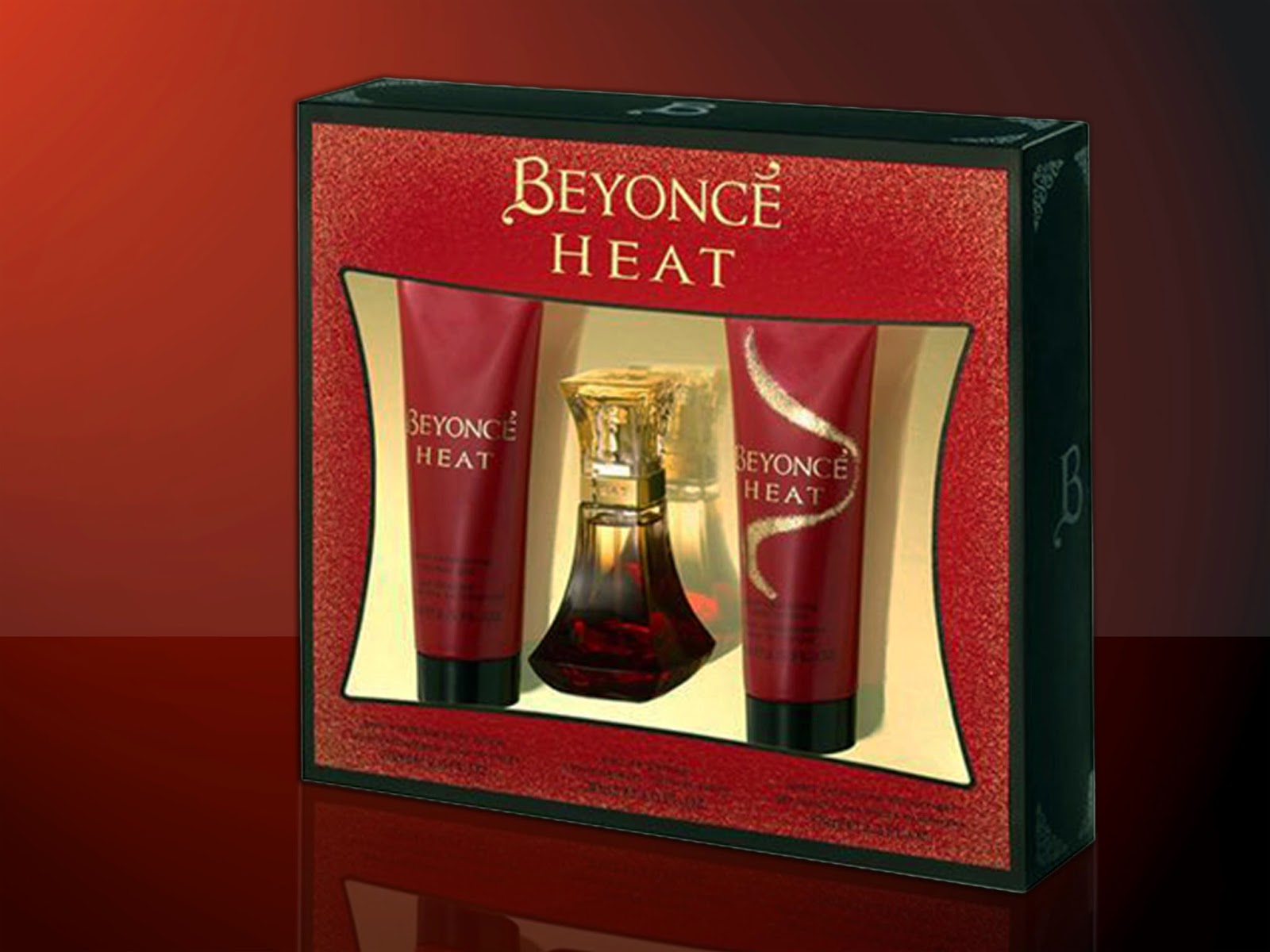 |
| Beyoncé Heat |
by Bethany A. Marconi, Design Engineer
Structural Design
Packaging is a complex and important part in the sale of thousands of products every day. The role packaging plays in our lives begins long before it lands on the shelf of your favorite supermarket or department store but carries throughout the sale of the product. An important element of any package is its structure. Structural design performs many functions including containment, protection, and shelf appeal, that all contribute to the success of a product.
Product/Containment
One factor that begins to shape the structural design of a package is the product itself. The size, shape, weight, and quantity of product all help determine the basic structure and board weight that will be used for the package. This information should also include orientation of the product so designers can determine how to properly contain the product using inserts, foam, or thermoform trays. The shape of a product may initiate ideas for the shape of a structure or certain elements within a package, such as a window.
Protection/Transportation
Along with the preliminary design elements determined by the product and how it will be contained comes the important role of ensuring that a product is protected during shipment. Any information regarding the shipping of a package may be helpful in determining the board type and caliper. It also assists in deciding the shape of a package. One that is going through a rigorous shipping environment may have to forfeit a unique shape in order to ensure that the package arrives intact.
Cost
The price point that a customer is trying to achieve for a package is a major consideration that must be included in the design phase of a package. This goal may affect the structure of a carton, such as designing an economical Reverse Tuck rather than the more costly Automatic Bottom. With many board choices available, using a lighter caliper board or recycled material instead of virgin board can cut down on cost. Designers also try to keep in mind the most economical way to lay out a carton for die cutting. If a small adjustment can be made that will allow us to produce two cartons up on a sheet instead of one, that may reduce cost tremendously.
Fulfillment
When designing a carton, it is important to know how it will be filled. Machine filled cartons often have to meet precise specifications to run on certain equipment. All information related to these specifications should be outlined before the design is initiated including size parameters, correct opening position (right hand opening vs. left hand opening), load position (bottom load vs. top load), and opening force. These factors will determine structure size and style, gluing patterns, and line types within a carton.
Shelf Appeal/Innovation
A creative or innovative structure that grabs the attention of consumers will sell a product. This element of shelf appeal is always at the forefront of a designer’s mind each time a new project is begun. Structural designers try to create cartons that may be shaped differently or that perform a unique function, such as the Pull-Tab Design, that bring added value to the consumer. Innovative structures can also be combined with new materials to create an exciting visual experience for the consumer.
Sustainability
As we have learned more about how our actions impact the environment, sustainability has become an integral part of package design. To design for sustainability, we must take into account material selection, board usage, material weight, and energy consumption during production. The challenge is creating a package that speaks to the customer, often times using less billboard space, while adequately protecting the product and increasing sustainability.
Summary
All of these package design considerations are essential to creating a functional and appealing carton that will entice the consumer to purchase. Partnering with a folding carton supplier with experience and expertise in structural design is an important first step in the decision making process.
Diamond Packaging
Diamond's greenbox initiative
Packaging
No comments:
Post a Comment